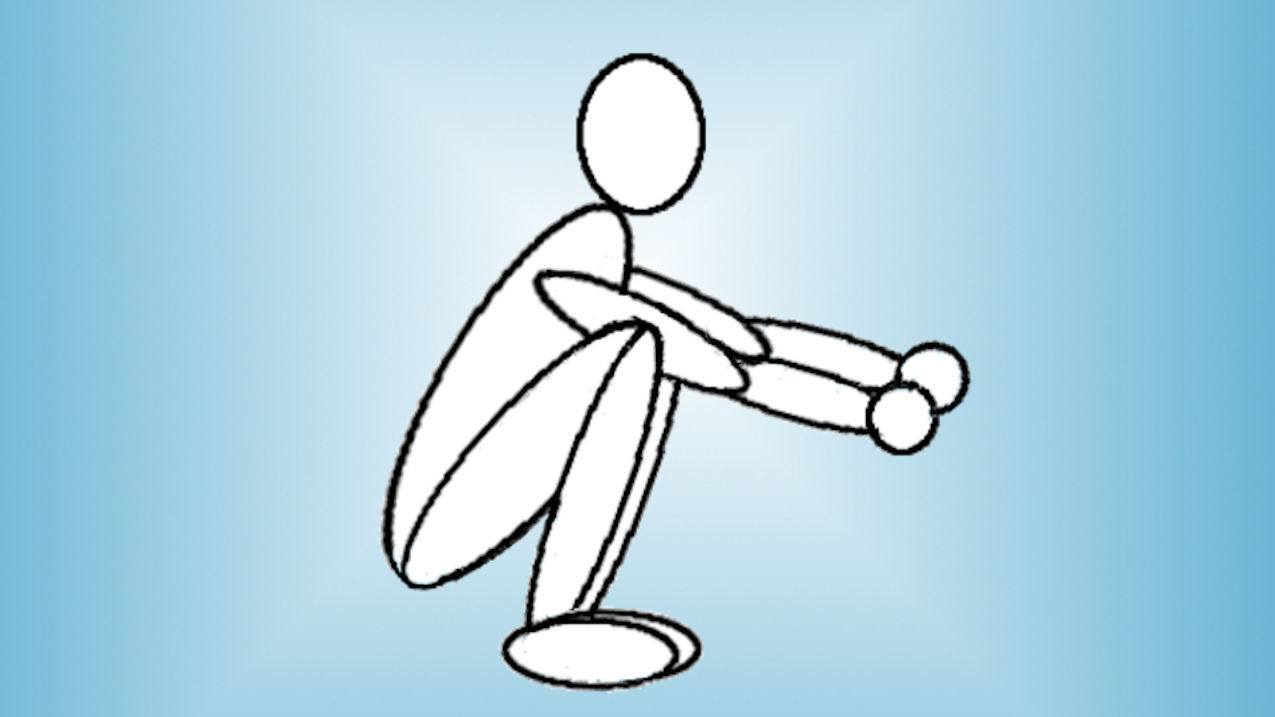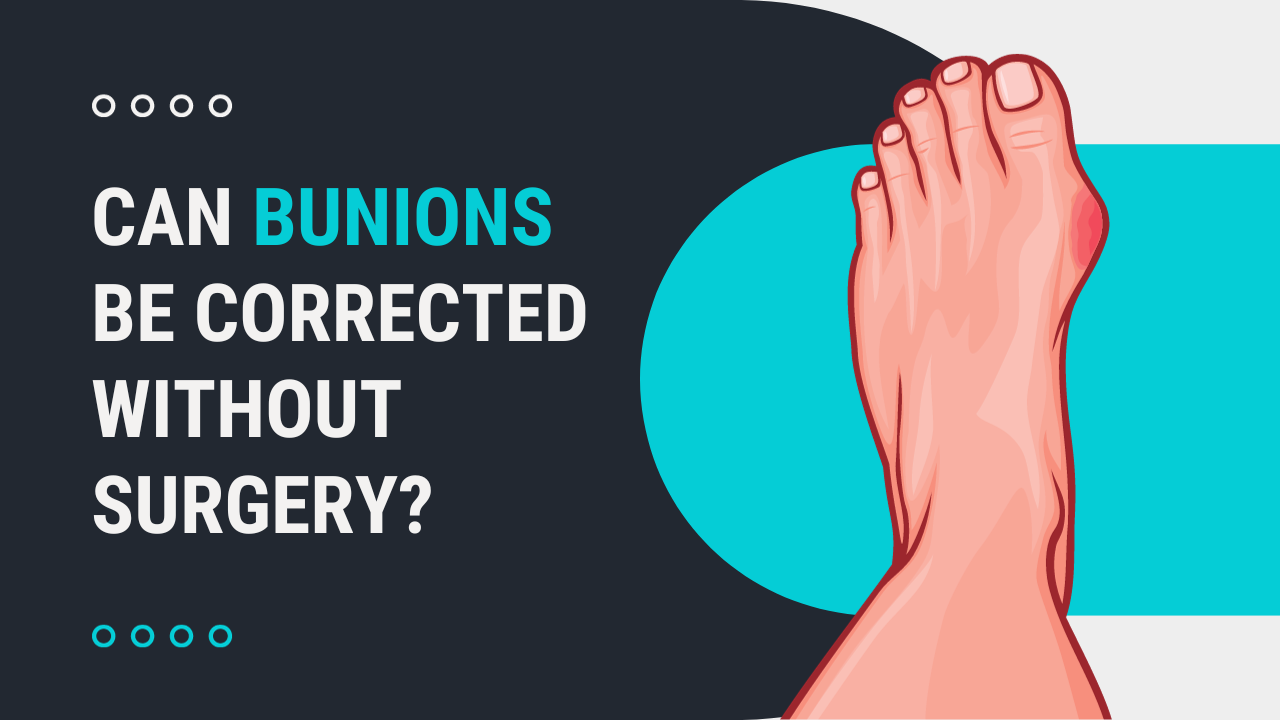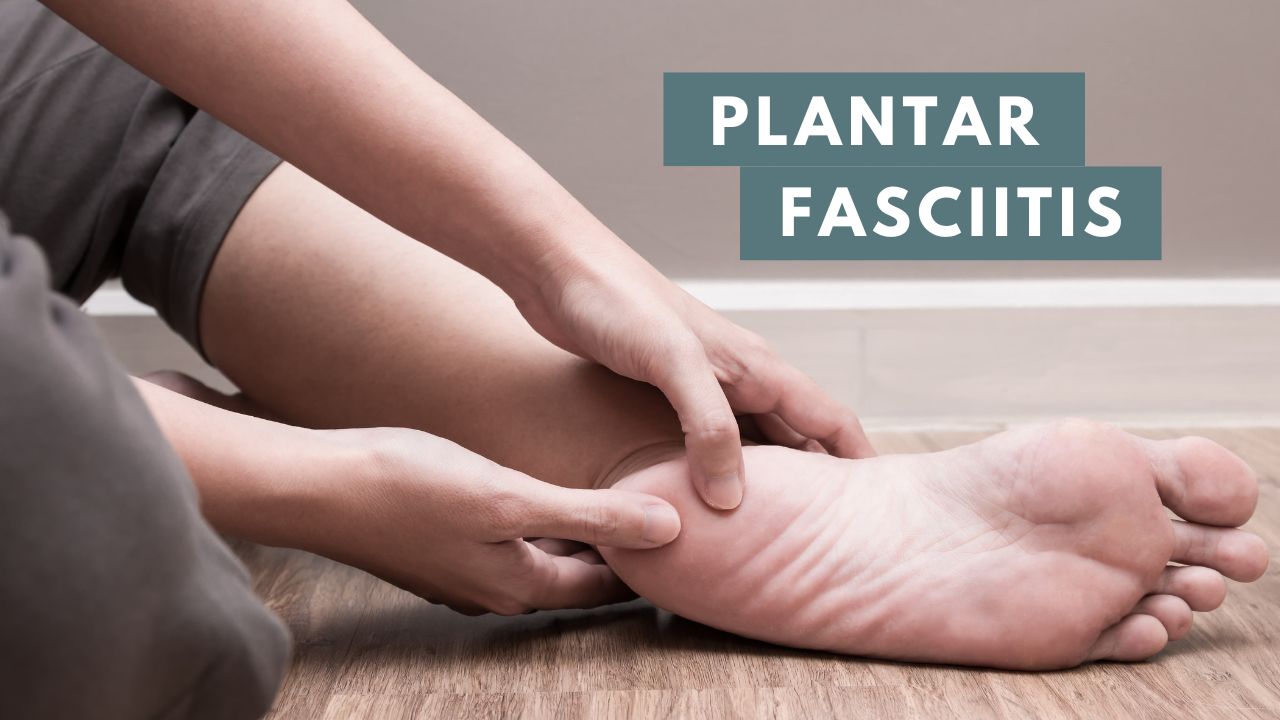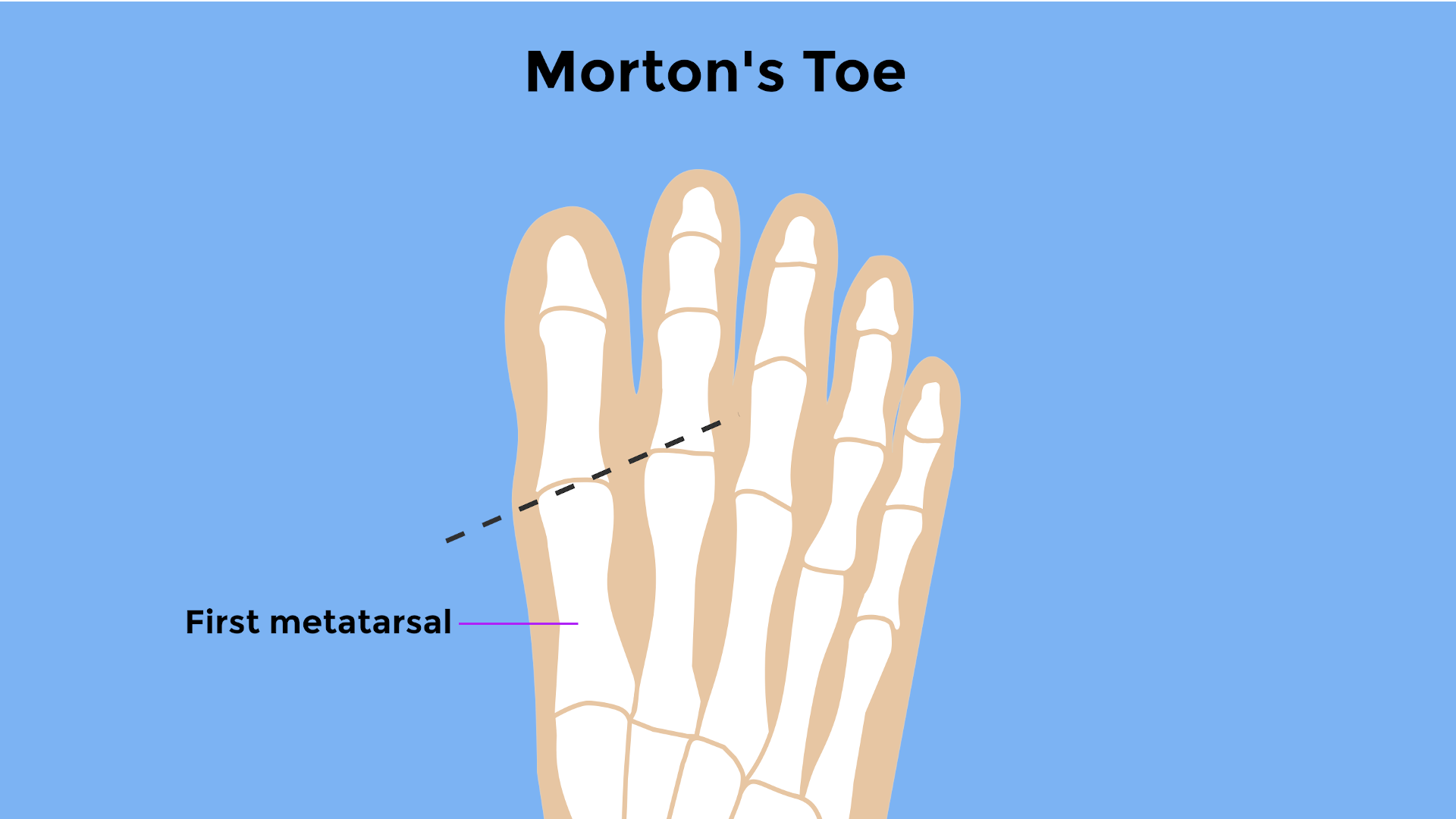This post is not how-to guide on squatting with flat feet. I’ll mention that first just in case you landed here searching for that.
Rather, this is about my own experience of how flat feet affected my squatting.
Learning to squat the wrong way
When I started squatting with a barbell as a teenager, I did the exercise with my heels either on a wooden board or iron plates.
This was the way other people a the gym were doing them, though I didn’t know the reason why. I learned later that squatting with the heels elevated allows you to to keep a more upright posture, and this is advantageous for certain lifts. In fact, weightlifting shoes are designed with large, elevated heels for this purpose.
But doing squats this way was hiding something. Squatting with the heels elevated allowed me to get around the fact that my ankles weren’t very flexible.
Effect on body mechanics
When doing a body weight squat barefoot, I could see that my already flat arches were collapsing even farther. Consequently, this was making my knees and hips rotate awkwardly.
My ankles lacked flexibility so my body was compensating. Some of the motion that should have come from my ankles was coming from my arches collapsing.
So when I tried squatting barefoot without something under the heels my form fell apart. I had difficulty keeping my chest up, my back rounded, and my knees collapsed inward.
Also, because my right ankle was less flexible than the left, and I pronated more on the right side, my whole body twisted as I lowered down into the squat.
I worried what might happen to my joints years down the road unless I made a change.
One goal I set for myself was to be able to do a full body weight squat without my arches collapsing.
Achieving a full body weight squat
The full squat refers to a position where the knees are flexed to the point that the back of the thighs rest against the calves. Young children instinctively go into a deep squat when they want to reach for something low, and often hold themselves in a stable squatting position to engage in play.
In some Asian cultures, squatting often replaces sitting. In fact, many people throughout history relied on a full squatting posture to perform work, eat meals, or rest.
Modern society has mostly eliminated the need to squat in our daily lives.
I suspect it was a lack of activity requiring ankle mobility along with habitual shoe wearing that contributed to my difficulty with barefoot squats.
This may also be the reason for the phenomenon called the Western squat, where the heels remain propped up in the air.
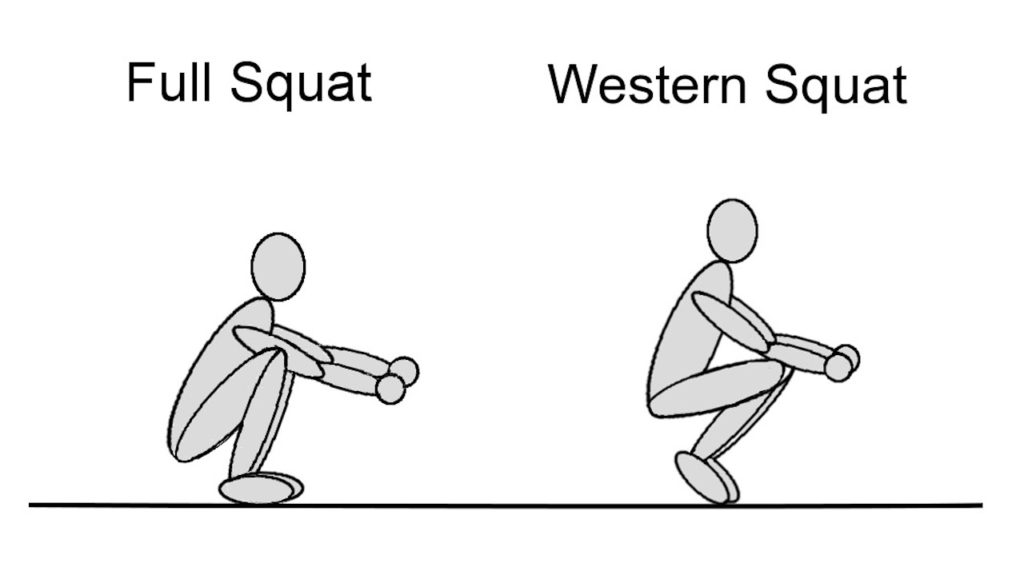
To improve my squatting mechanics, it was clear that I needed better ankle flexibility. And this can obviously be achieved with calf stretching exercises and ankle mobility drills.
However, having flexible flat feet creates an obstacle to improving ankle flexibility.
Just like how my arches collapsed when going into a squat, they would also collapse when doing calf stretching exercises!
So first I needed to learn how to create and hold a stable arch in the foot. This involved a lot of foot intrinsic muscle strengthening and motor control exercises, like learning how to stabilize the foot tripod.
I held off on doing squats with weights for a while, and focused on body weight squats, going down only as far as a I could while maintaining the foot arch.
Everyday activities like standing up and sitting down in chair even became opportunities to work on my squat mechanics.
It took several months until I had enough ankle flexibility and foot strength to do a proper full depth squat. You can read about the entire process I went through for building arches in this guide to fix flat feet.
When I returned to squatting with weights, I did it wearing minimalist shoes. Before, I would usually work out in traditional running shoes. These not only have a raised heel, but I find the cushioning in most athletic shoes makes it difficult to feel what my feet are doing.
Now, I’m able to keep a more upright posture with squats and I feel a better connection with the ground. Hopefully, I’ve reduced some of the wear and tear on my hips and knees as well.
